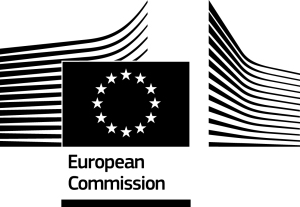
Micro-scale δ34S variation of sulfide species
October 1st 2020 – September 30th 2023
Sedimentary sulfur (S) isotope systematics (δ34S) has been widely used in paleoredox reconstruction of early Earth’s environments. Large-scale variations in the δ34S record are typically interpreted to reflect fluctuations in the global S cycle. However, the expression of S isotope fractionation is sensitive to open- vs. closed-system conditions and heterogeneous micro-scale δ34S patterns can form in S-bearing phases that precipitate over time in evolving pore-water conditions. Such intra-sample δ34S variability is undetectable in traditional bulk analyses, which has been the conventional approach in time-series δ34S compilations. Moreover, early- and late-stage interactions between organic matter and inorganic sulfide (thermochemical sulfate reduction) can impact δ34S signatures at different stages of sulfide formation leading to sulfide species with distinct δ34S compositions. Therefore, the existing stratigraphic bulk-rock pyrite δ34S compilations possibly integrate a whole spectrum of δ34S variability that may not reflect the depositional isotope composition.
MicroS project will take advantage of high-resolution in situ analytical methods (SIMS, synchrotron-based X-ray spectroscopy) to investigate the micro-scale variability in organic-rich sedimentary rocks and its applicability to key intervals of Earth’s history. The project focuses on organic-rich Paleoproterozoic and modern sedimentary basins, that share several characteristics, such as a semi-restricted rift environment, syndepositional magmatism and hydrocarbon seepage. By examining the δ34S composition of the co-existing sulfide species (e.g., pyrite, pyrrhotite, organic sulfur) and placing them into the geologic context of the individual basins, the project aims to decipher the current gap in understanding processes that govern S isotope fractionations, the transfer of δ34S to the rock record and its preservation over geologic time.


This project has received funding from the European Union’s Horizon 2020 research and innovation programme under the Marie Sklodowska-Curie grant agreement No 894831.
